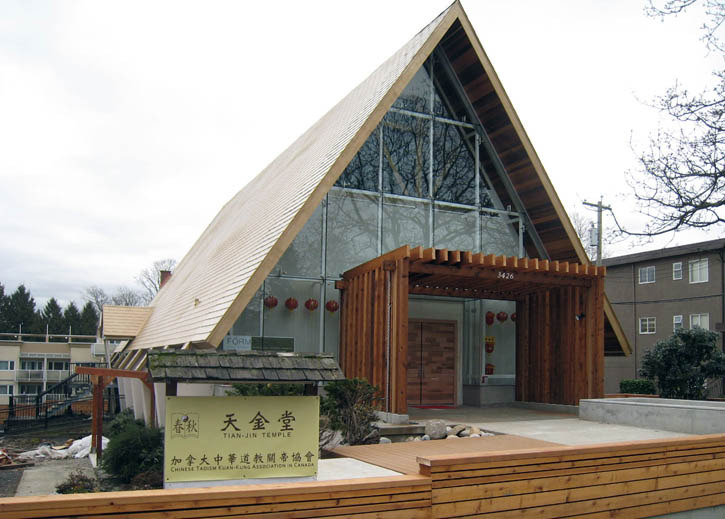Rather than celebrate All Souls’ Day, St. John the Divine, perhaps in recognition of the state of its diocese, is celebrating the Day of the Dead by singing and dancing to – what else – Grateful Dead songs:
What is the Day of the Dead, All Souls Day, “El dia de los
muertos” November 2? It is a holiday that celebrates friends and family members who have died. It is celebrated in Spain, Brazil and Mexico and in cultures around the world with festivals and parades, sugar skulls and marigolds and favourite foods and beverages of the departed and visiting graves with these as gifts. It is the perfect occasion for St John’s to welcome the wider community to an evening of reflections by Pitman Potter, singing Grateful Dead songs with FOMO and friends, dancing together in spirit, and raising money for The Helping Hands Society.
The above description seeks to amalgamate the Day of the Dead and All Souls’ Day – yet another Anglican attempt at via media, I suppose. They are, however, quite different: All Souls Day is a commemoration of the faithful departed (surely there must be some in the diocese) while the Day of the Dead celebrations:
can be traced back to a precolumbian past.
Rituals celebrating the deaths of ancestors had been observed by these civilizations perhaps for as long as 2,500–3,000 years. In the pre-Hispanic era skulls were commonly kept as trophies and displayed during the rituals to symbolize death and rebirth.
The festival that became the modern Day of the Dead fell in the ninth month of the Aztec calendar, about the beginning of August, and was celebrated for an entire month. The festivities were dedicated to the goddess known as the “Lady of the Dead”, corresponding to the modern Catrina.


